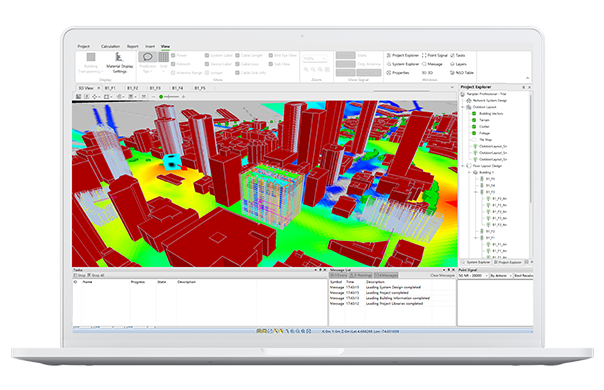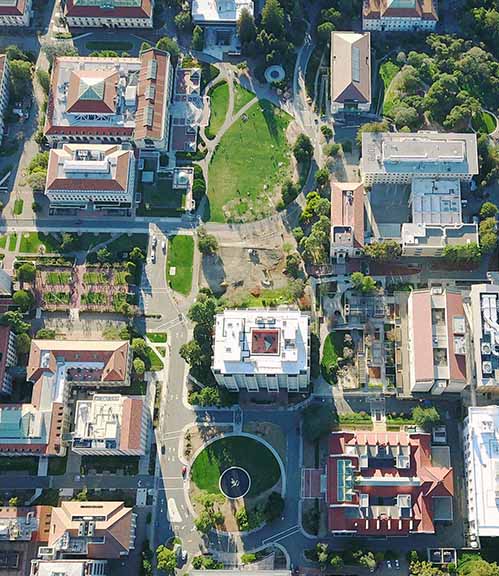The Millimetre-wave (mmWave) frequency band offers wide available bandwidth for 5G and future wireless networks. However, due to the large propagation attenuation of the mmWave frequency, real-world environmental factors, including weather, foliage, humans, vehicles, have a significant impact on the channel path loss. In order to design and optimise 5G and future networks, a mmWave channel model considering the environmental factors is urgently required. In this project, we aim to equip a ray-tracing channel model with environmental factors in the mmWave band.
Our objective

Research Objective

Goals
The goal will be approached through 3 work packages (WPs).
- The ER will develop a parametric attenuation model by parameterising the environmental factors and integrate it with a ray-tracing simulation model.
- The ER will acquire the channel data for each corresponding environment factor and extract parameters using machine-learning-based methods.
- The developed channel model will be applied to evaluate and optimise mmWave wireless networks taking environmental factors into account. This project will be an extension of the ER’s previous work, which will develop him to be a mature researcher.
Research News
Explore our Research News
Discover how our cutting-edge research projects are shaping the future of wireless network technology



